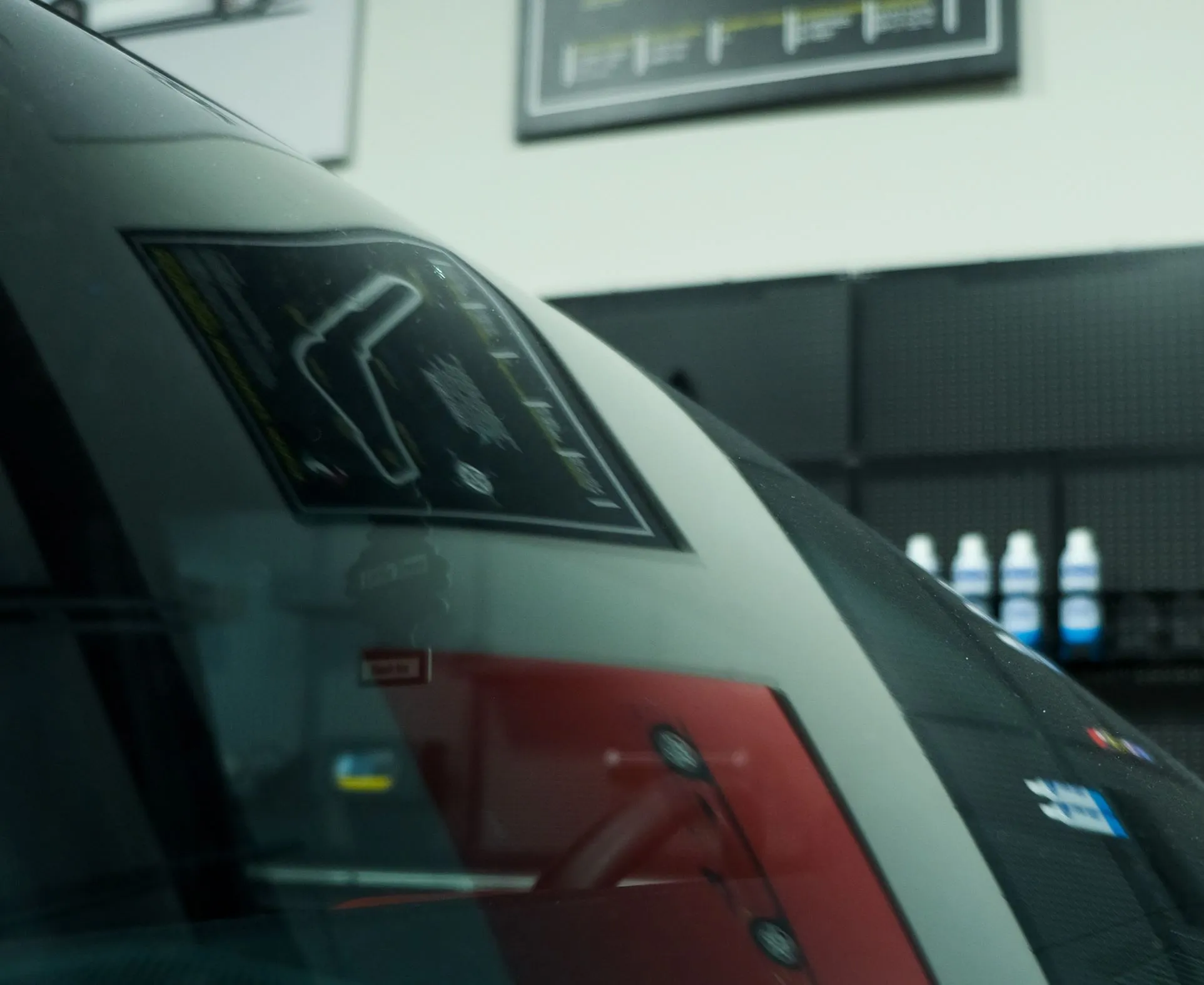What causes your windows to fog?
Before diving into the remedy, first it's important to understand why windows fog in the first place. Fog is nothing more than condensation collecting on the windows of the car. The condensation can be on the inside or outside depending on the weather.
In cold weather, the temperature and humidity are higher on the inside of the car than the outside. This leads to fog on the inside. The person in the passenger seat expending all that hot air doesn’t help either.
When it’s hot, the inverse occurs. The humidity and temperature are higher outside the car and therefore condensation collects on the outside.
Getting rid of that pesky fog once and for all.
In the winter, most people rely on the trusty ‘defrost’ button. They blast the heat and let it do it’s thing. That tactic will work, but most likely only temporarily. You want to cool the inside of the glass, so using defrost on a cool setting, running the a/c, or rolling down the window (if you’re feeling really spicy!) are all great ways to cool down the temperature of the glass and eliminate some of the moisture in the air.
Some experts even recommend turning off the recirculate button (the one with the car that has a looping arrow inside of it) so that the car pulls the cooler, drier air from outside into the vehicle.
Condensation on your windshield on a warm day is much easier, just use your windshield wipers. If condensation continues to occur on your windshield and/or you get some on your windows as well, simply lower the power of the air conditioning fan and raise the temperature a few degrees.
It's that easy! Who knew?!
Prevent it before it happens.
Keep your windows clean
First make sure you have clean windows. As we stated above, your windows fog up due to the moisture content in the air, and dirt and debris on your windshield and/or windows gives something for condensation to stick to. Plus, dirty windows are just kinda gross!
We love 3M Glass Cleaner for keeping everything squeaky clean. Car and Driver tested 10 different glass cleaners and 3M won best overall.
Avoid bringing wet things into the car
Wet items equal moisture in the air, which equals a higher chance of foggy windows. Wet clothes, umbrellas, towels, dogs, kids.....if it's wet, try to avoid putting it in the car. We know that can be difficult, so if you must pick your child up from a rainy day practice, at least dry the seat off and remove any wet items from the car as soon as you get home.
Anti-Fog spray
Anti-fog sprays work by minimizing surface tension and creating a thin film that prevents water droplets (condensation) from spreading out and causing fog. Instead, the water droplets are 'collected' and dispersed. Picture a large droplet of water running down the window instead of a foggy looking window.
There aren't a ton of options on the market and the jury is out on if they are worth it or not. If you don't want to spend the money but want to give anti-fog a try, we found tons of hacks for homemade solutions online. Everything from shaving cream to a potato were listed as possible solutions.
Car dehumidifier
Car dehumidifiers work by using different types of desiccants (a fancy word for materials that suck up moisture) to absorb water from the air. Think those little white silica packets that come in a box of new shoes or a bag of beef jerky. Silica is a desiccant that is commonly used because if it's ability to hold up to 40% of its weight in moisture and releasing back some of what its absorbed if the air gets too dry. Placing a dehumidifier in your car will help remove any access moisture in the air and prevent some of the fogging that it can cause.
Some car dehumidifiers will say 'rechargeable' even though they are simply bags of moisture absorbing material. 'Recharging' one of these simply means putting it in the microwave for a period of time to remove the moisture and return the material to its original, dry state.
There are a ton of these on the market, and a quick Google or Amazon search will give you plenty of options!
Congratulations! You are now a defogging expert!
Put these tips into action and you'll never be fighting with the temperature controls the in car again. Oh, and if you try the potato hack....give us a call and let us know if it really works.




.webp)

